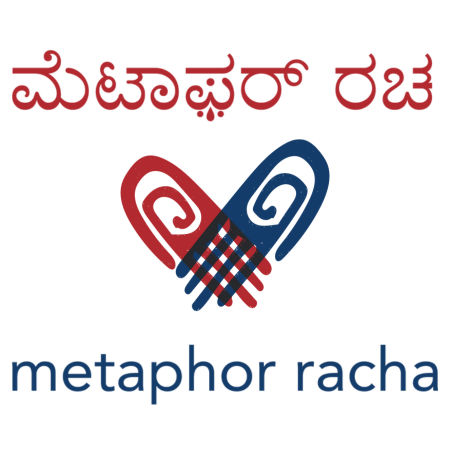Introduction:
Embark on a historical voyage into the heart of Karnataka's heritage with Kasuti, a traditional folk embroidery dating back to the Chalukya period in the 10th century. The very essence of Kasuti lies in its intricate patterns inspired by everyday objects, nature, & culture, reflecting the rich tapestry of rural life.
Exploring Kasuti:
Originally practised by the women of North Karnataka, Kasuti involves delicate hand embroidery. The term itself, derived from 'kai' (hand) & 'suti' (cotton), was recognized as one of the 64 arts in Karnataka. The art form's evolution is marked by a transition from embroidering through thread counting to tracing patterns on fabric due to skill constraints & strain on artisans' eyesight.
Diverse Designs:
With over 700 documented designs, each narrating a unique story, Kasuti boasts patterns like Gandle Kamala, Chittu Kamala, & Shiva-linga. Notably, the absence of knots ensures uniformity on both sides of the fabric, maintaining the vibrant colours that are characteristic of this embroidery.
Stitching Through Time:
The craft employs four distinctive stitches - Gavanthi for lines, Murgi resembling a ladder, Negi creating a woven effect, & Menthi, a simple cross-stitch for filling patterns. The Chandrakali saree, a rare example, showcases Kasuti on a black saree, symbolizing Shaivite philosophy. Additionally, a Kasuti-embroidered blouse is considered auspicious for expectant mothers.
Revitalizing Tradition:
Beyond its historical significance, Kasuti embroidery has evolved into a source of work & financial independence for rural women artisans. This age-old craft isn't just a surface decoration; it's a beacon of tradition & empowerment, weaving a story of resilience & cultural richness.
Conclusion:
As we delve into the intricate world of Kasuti, let us celebrate not only the artistry but also the resilience of the women who safeguard this cultural legacy. Kasuti embroidery is more than a craft; it's a testament to tradition, a vibrant expression of art, & a lifeline for those who keep this heritage alive. Join us in preserving and promoting this timeless craft, empowering generations to come.
